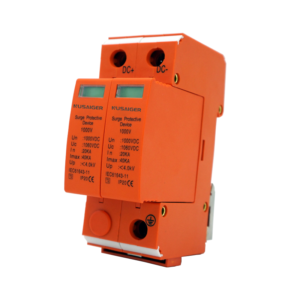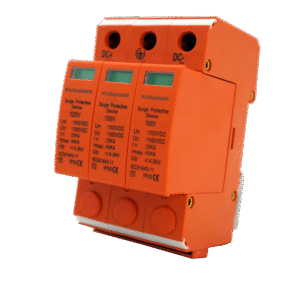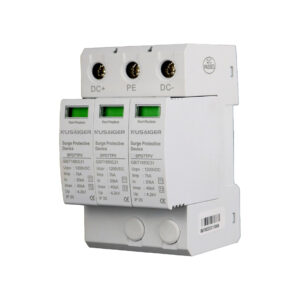Introduction
Even the best busbar can fail if it’s installed incorrectly. Mistakes during installation not only reduce performance but can also lead to costly failures and safety risks. Let’s look at the most common errors and how to avoid them.
Mistake #1: Incorrect Sizing Using a busbar that’s too small for the current load can result in overheating, reduced efficiency, and even fire hazards. Always calculate the load, including a 25–30% future expansion margin.
Mistake #2: Poor Insulation or Clearance Busbars must have sufficient insulation and spacing to prevent arcing or short circuits, especially in high-voltage systems. Always follow IEC/UL clearance standards.
Mistake #3: Loose or Improper Connections Loose connections cause localized heating and voltage drops. Use proper torque settings and consider vibration-proof fasteners in industrial environments.
Mistake #4: Inadequate Support Structure Busbars must be mechanically secured to prevent stress from thermal expansion, vibration, or accidental contact. Lack of support can lead to cracking or breakage.
Mistake #5: Ignoring Heat Dissipation Busbars generate heat under load. Without adequate ventilation or heat sinks, the temperature can exceed design limits, shortening the life of insulation and connectors.
Best Practices for Installation
Use certified installers
Follow local and international codes
Perform thermal imaging inspections after installation
Conclusion
Avoiding these common mistakes ensures your busbar system operates safely and efficiently. Proper installation is just as important as quality materials.



